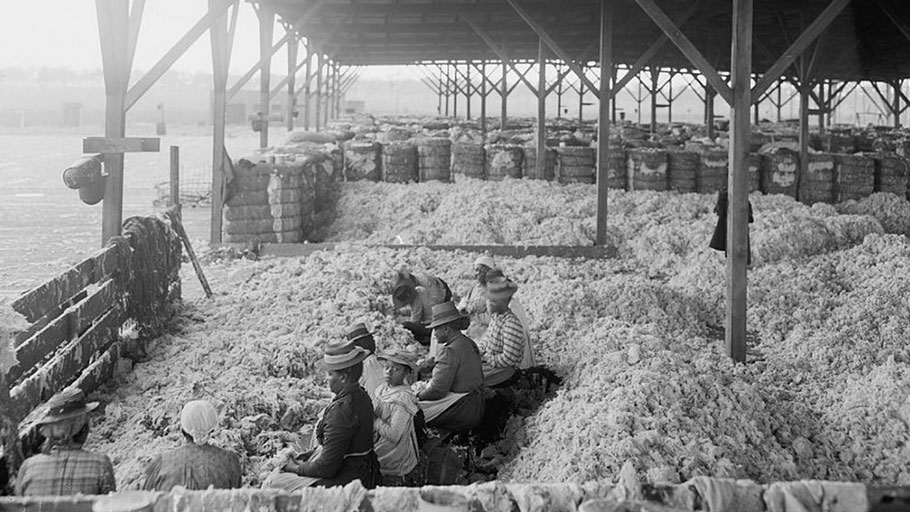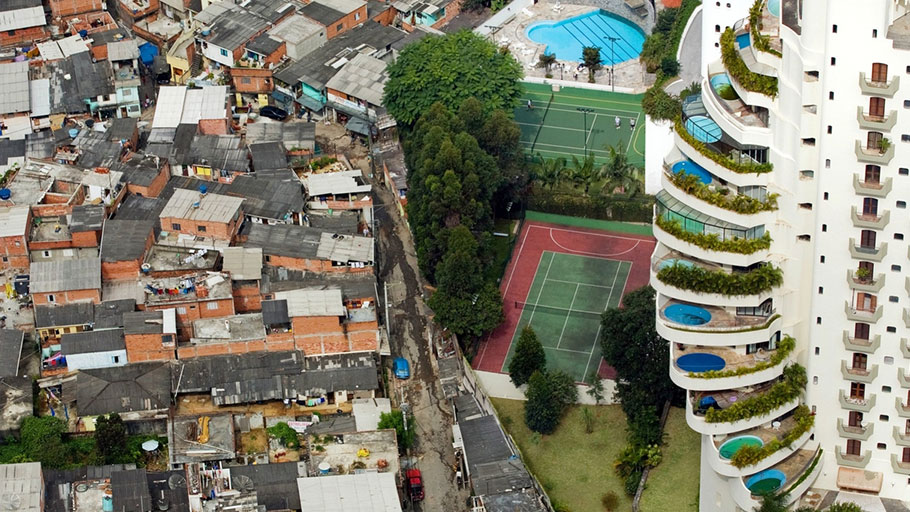


Newark As Model City Initiative — Tuesday, April 3, 2018 the Institute of the Black World 21st Century (IBW) convened a National Town Hall dedicated to the memory of Dr. Martin…

Press Release Updated — To honor the life and legacy of Dr. Martin Luther King Jr. on the 50th Anniversary of his martyrdom and to commemorate his famous “Mountaintop Speech,” the Institute of the Black World 21st Century (IBW) will convene a Town Hall meeting in Newark, NJ on April 3 at the historic Robert Treat Hotel.

Slavery did not die because it was unproductive or unprofitable, as some earlier historians have argued. Slavery was not some feudal remnant on the way to extinction. By Sven Beckert — By 1830, one million Americans, most of them enslaved, grew cotton. Raw cotton was the most important export of the United States, at the center of America’s financial flows and emerging modern business practices, and at the core of…

4/3/18, Newark, NJ — A National Town Hall Meeting Focusing on Mayor Ras J. Baraka’s Quest to Make Newark A Model City. Commemorating the 50th Anniversary of Dr. Martin Luther King’s Mountaintop Speech. Keynote Speaker, Danny Glover, Convened by IBW21, Hosted by Mayor Ras J. Baraka.

A major cause of such inequality is tax havens – which in the current casino atmosphere stand no risk of being regulated. By Pepe Escobar — The so-called globalized elites meet at the World Economic Forum in Davos this year under the specter of extreme turbulence. The WEF Global Risks Report is hardly reassuring. The top five most likely risks for 2018 all range from extreme weather/climate change disturbances to…

The Trump administration on January 18 removed Haiti from the list of countries eligible for the H2A and H2B temporary visas for low-skilled workers. The move came after President Trump reportedly called Haiti a “s–thole” and asked why we don’t have more immigrants from Norway. Here’s why Norwegians can’t fill America’s immigration needs. By Cindy Huang and Hannah Postel — The Trump administration on January 18 removed Haiti from the…

Around the world, the labor of poor people fuels the rising concentration of wealth. By Benjamin Dangl, AlterNet — Forida is a 22-year-old sewing machine operator in a clothing factory in Dahka, Bangladesh. She often works 12-hour days producing clothing for brands such as H&M and Target. Sometimes, during busy production cycles, the hours are even longer. “Last year, I worked until midnight for a full month,” Forida said. “I…
Topics: The Quest for Black Economic Empowerment, The Stop Museveni Campaign. Guests: Nataki Kambon, Spokesperson, Let’s Buy Black 365, Washington, D.C., John William Templeton, Co-Founder, Black Business Month, San Francisco, CA, Milton Allimadi, Editor/Publisher, Black Star News, New York, NY

The median American income is up, but black Americans still aren’t getting their fair share. By Liz Posner, AlterNet — Here’s some good news and bad news about the economy….

July 31st is Black Women’s Equal Pay Day By Valerie Wilson, Janelle Jones, Kayla Blado and Elise Gould / Economic Policy Institute July 31st is Black Women’s Equal Pay Day,…
The Economic State of the Black World Report. The International African Arts Festival 28th Symposium. The End of Black Harlem – Vantage Point Radio Show hosted by Dr. Ron Daniels…